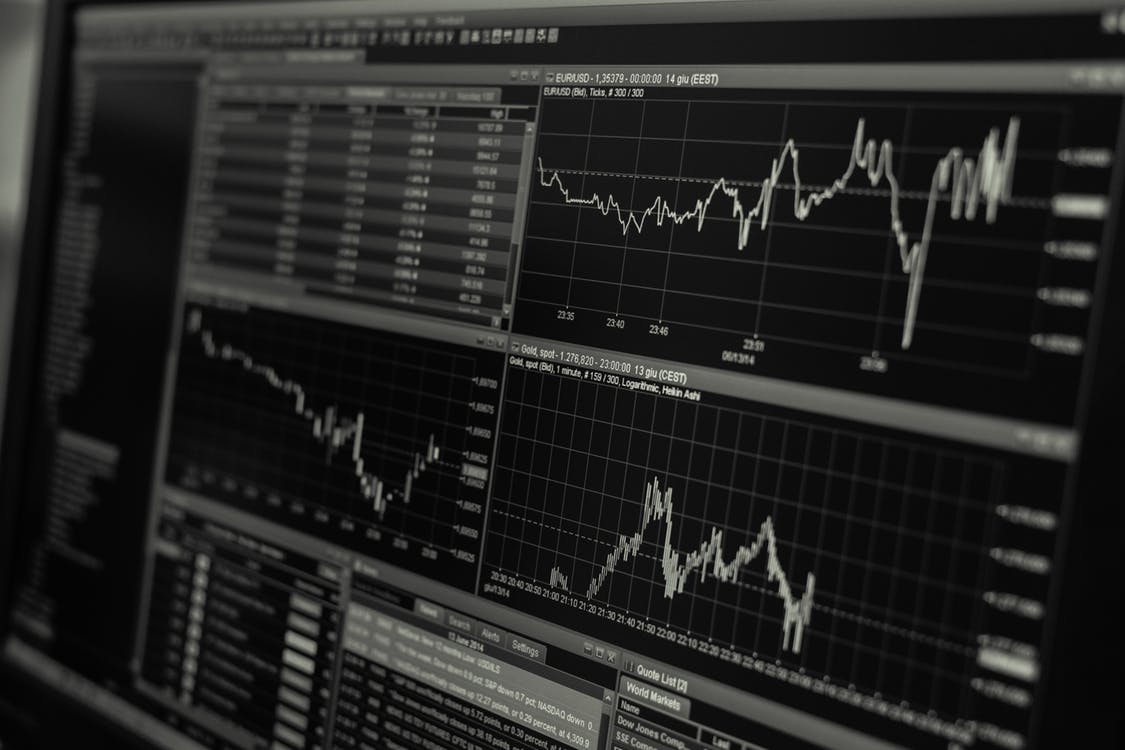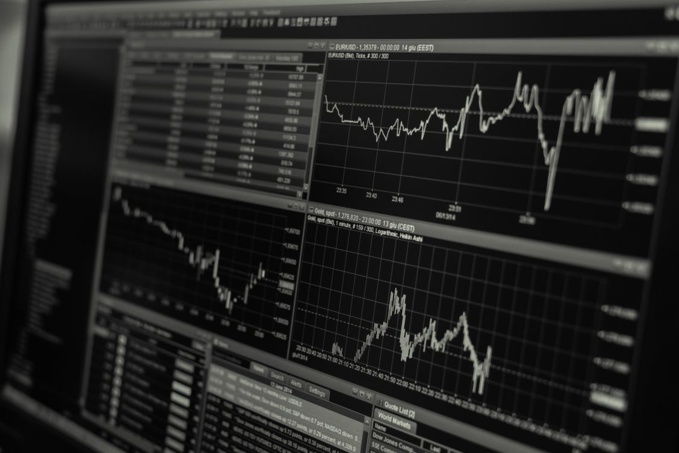The US stock market suffered significant losses in the first week of February 2018. The S&P 500 index fell 2.1%, to 2,762.13 points; following the results of the week, the S&P 500 declined 3.9%. For the S&P 500, this was the most serious drop since January 8, 2016.
The Nasdaq index fell 2% to 7,240.95 points. At the end of the last week, Nasdaq lost 3.5%, also showing the worst weekly dynamics since early 2016.
The Dow Jones Industrial Average demonstrated the most serious drop. At the close of trading on Friday, February 2, the index fell 666 points (-665.75), 2.5% in percentage terms. Over the past week, it dropped by 1,095 points.
MarketWatch report with reference to FactSet that this is the most serious collapse of DJIA in the last 9 years. A more serious decline occurred only in the midst of the financial crisis, when the Dow Jones index lost 1,874 points in the week ending October 10, 2008.
The index’s collapse on Friday, February 2, 2018, has already gone down in history as one of the most serious in the history of the US stock market.
American business media, CNBC in particular, noted that the one-day drop in the Dow Jones by more than 600 points a day is "very, very rare": the fall of the index on February 2, 2018, was only the 9th such collapse of the Dow Jones in history American stock market.
Experts call a number of reasons for the incident, including tightening of the monetary policy of the US Federal Reserve, as well as "overheating" of the American stock market, which recently showed almost non-stop growth.
According to many estimates, one of the short-term factors, which triggered the market collapse on Friday, February 2, was the publication of statistics on the US labor market.
Data came out better than expectations, in particular in terms of growth in hourly pay. Many players and investors interpreted these indicators as a signal for a faster increase in interest rates from the US Federal Reserve.
John Praveen, senior investment strategist at Prudential International Investments Advisers, noted that the decline in the US stock market and the growth of interest rates on the bond market are taking place amid fears that the Fed may raise rates 4 times this year (rather than 3 as expected previously).
A number of experts and participants in financial markets have previously stated that a certain correction in the US stock market in 2018 is inevitable and is normal. Among them is the general director of the Swiss bank Julius Baer Bernhard Hodler. In an interview with CNBC on January 31, he predicted that the correction in the stock markets during the year would range from 5% to 15%.
There are also more pessimistic assessments of what has happened. In particular, in an interview with Bloomberg on January 31, former US Federal Reserve Chairman Alan Greenspan, who headed the US Central Bank for almost 19 years (1987-2006), said that he "sees" a bubble in the stock and bond market.
He noted that the US economy "is moving towards a significant increase in interest rates, which will affect the entire structure of the economy." At the same time, Greenspan noted that "thanks to" the tax reform of President Donald Trump, the USA is expected to noticeably increase the budget deficit and state debt. Greenspan also said that he was "surprised" by the lack of any explanation in Trump's message to the US Congress about how the US authorities are going to finance the announced increases in government spending.
source: cnbc.com
The Nasdaq index fell 2% to 7,240.95 points. At the end of the last week, Nasdaq lost 3.5%, also showing the worst weekly dynamics since early 2016.
The Dow Jones Industrial Average demonstrated the most serious drop. At the close of trading on Friday, February 2, the index fell 666 points (-665.75), 2.5% in percentage terms. Over the past week, it dropped by 1,095 points.
MarketWatch report with reference to FactSet that this is the most serious collapse of DJIA in the last 9 years. A more serious decline occurred only in the midst of the financial crisis, when the Dow Jones index lost 1,874 points in the week ending October 10, 2008.
The index’s collapse on Friday, February 2, 2018, has already gone down in history as one of the most serious in the history of the US stock market.
American business media, CNBC in particular, noted that the one-day drop in the Dow Jones by more than 600 points a day is "very, very rare": the fall of the index on February 2, 2018, was only the 9th such collapse of the Dow Jones in history American stock market.
Experts call a number of reasons for the incident, including tightening of the monetary policy of the US Federal Reserve, as well as "overheating" of the American stock market, which recently showed almost non-stop growth.
According to many estimates, one of the short-term factors, which triggered the market collapse on Friday, February 2, was the publication of statistics on the US labor market.
Data came out better than expectations, in particular in terms of growth in hourly pay. Many players and investors interpreted these indicators as a signal for a faster increase in interest rates from the US Federal Reserve.
John Praveen, senior investment strategist at Prudential International Investments Advisers, noted that the decline in the US stock market and the growth of interest rates on the bond market are taking place amid fears that the Fed may raise rates 4 times this year (rather than 3 as expected previously).
A number of experts and participants in financial markets have previously stated that a certain correction in the US stock market in 2018 is inevitable and is normal. Among them is the general director of the Swiss bank Julius Baer Bernhard Hodler. In an interview with CNBC on January 31, he predicted that the correction in the stock markets during the year would range from 5% to 15%.
There are also more pessimistic assessments of what has happened. In particular, in an interview with Bloomberg on January 31, former US Federal Reserve Chairman Alan Greenspan, who headed the US Central Bank for almost 19 years (1987-2006), said that he "sees" a bubble in the stock and bond market.
He noted that the US economy "is moving towards a significant increase in interest rates, which will affect the entire structure of the economy." At the same time, Greenspan noted that "thanks to" the tax reform of President Donald Trump, the USA is expected to noticeably increase the budget deficit and state debt. Greenspan also said that he was "surprised" by the lack of any explanation in Trump's message to the US Congress about how the US authorities are going to finance the announced increases in government spending.
source: cnbc.com



















